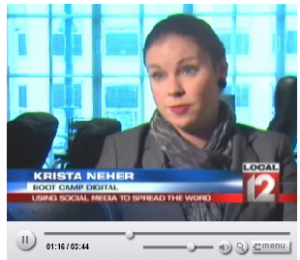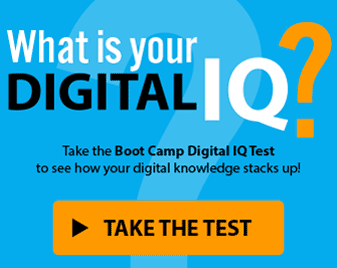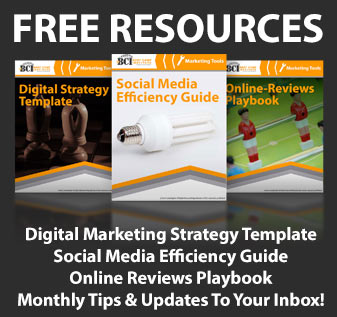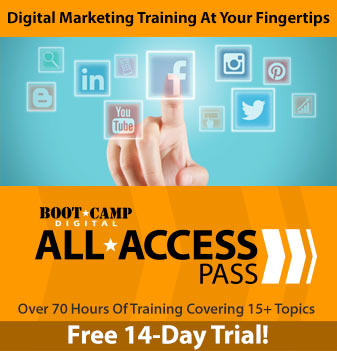Yesterday I had a news crew in my office to talk about how social media might play a role in finding a missing teenager. You can see the news video below with reporter Joe Webb (be sure to follow him on Twitter).
I was really intrigued by this story idea because I haven’t seen social media or Facebook used for this before.
Facebook now has over 500 million registered users (which is greater than the combined populations of Canada, the US and Mexico) and more people check Facebook each day than listen to the radio or read a newspaper.
Why were missing people put on milk cartons? Because milk cartons were in everyone’s home and they looked at them every day. Facebook is today’s milk carton – it is in every home and accessed every day.
Specifically, there are a few reasons why Facebook is a great tool to leverage when looking for a missing person:
1) Viral Spread
Facebook has built-in viral spread, which makes it a great tool in looking for a missing person or in spreading any message. An average Facebooker is connected to 130 people. So, if Joe posts about a missing person 130 people will see it. The viral spread happens when those 130 people also interact with the post by liking or commenting. The post is then exposed to their entire network. It only takes 10 interactions to reach 1000 people. Compare this to how long it might take to reach 1000 people posting fliers on telephone poles or handing them out in a shopping center.
2) Timely
With only the click of a button and very little effort content can be easily shared on Facebook. Facebook allows for extremely quick spread of information – in only a few hours a Facebook post can spread through multiple online networks. Facebook spreads information quickly.
3) It Leverages People Like Us through Social Graphs
Most of our connections on Facebook are people who are like us – who live near us, have similar hobbies, etc. In the case of a missing person there is a lot of relevance from leveraging social graphs, or people like us. For example, if I post about a missing person, most of my friends are from the area, so the message is relevant.
4) The Content is “Recommended” or “Curated”
Content from Facebook is vetted by our network, so it has a higher level of trust than information that you may randomly receive. Since the content comes from our friends we are more likely to pay attention to it – it is from a trusted source.
5) Facebook has our attention
Simply put, Facebook has our attention. Many people watch the news while they are multi-tasking or glance at a photo on a lamp-post. We only give these images a passing look and a small fraction of our attention. On Facebook people are more engaged and spending lots of time!
Has Anyone else seen unusual uses of Facebook? What else could it be used for?
PS – Tim the camera man did an awesome job 😉
































Nicely done, Krista!